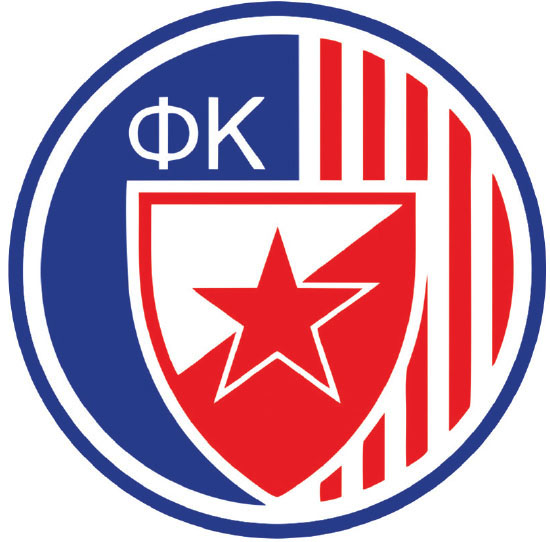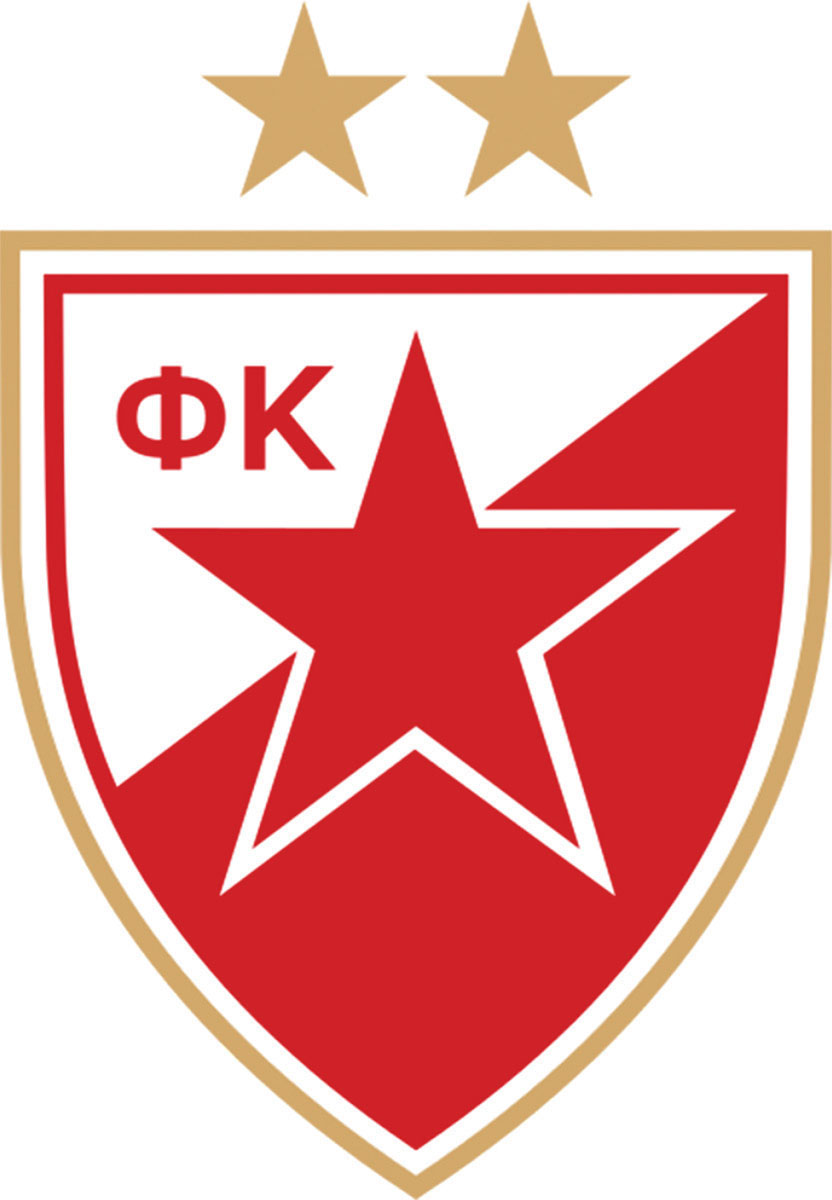
RED STAR BELGRADE
THE SYMBOL OF COMMUNISM
In the early 1990s, Eastern European football was still a force to be reckoned with. In the spring of 1991, war in the Balkans had not yet broken out and Red Star had made it to the European Cup final. The Belgrade club had gone through the tournament unbeaten, knocking out, among others, Rangers and Bayern Munich. The well-funded Marseille provided the opposition in the final at the Stadio San Nicola in the southern Italian town of Bari. Marseille were a team built around such global stars as Jean-Pierre Papin and Chris Waddle. Red Star consisted of unknown young players like Siniša Mihajlovic, Dejan Savicevic and Robert Prosinecki. The young Yugoslavs took the world of European football by surprise when they forced a penalty shoot-out, which they eventually won after Darko Pancev’s decisive goal, an achievement that no other Eastern European side has managed since. The next year, 1992, the Champions League was formed and the war that was to see the breakup of Yugoslavia was already raging. The end of an era for Red Star.
In 1945, during the last months of the Second World War, a political antifascist group was formed, a sports association for young people. This would later become Red Star. At the end of the war the communist dictator Tito dissolved a number of football teams. Out of the ashes of one of these, SK Jugoslavija, Red Star rose to take over their stadium, premises and players. The club’s name was chosen by the government. The communist symbol, the red star – which could also be found on the Yugoslavian flag – became the club’s emblem.
CLUB: Red Star
NICKNAMES: Crveno-beli (the Red and Whites), Zvezda (the Star) and Delije (the Tough Guys)
FOUNDED: 1945
STADIUM: Rajko Mitic ‘Maracana’, Belgrade (55,538 capacity)
HISTORIC PLAYERS: Rajko Mitic, Dragan Dzajic, Vladimir Jugovic, Dejan Stankovic and Nemanja Vidic

1945–1950. It was the Ministry for Sports that decided on Red Star’s emblem. Hence the red star, which had symbolised communism since 1917. Alongside the hammer and sickle, the star was a powerful symbol for the Soviet Union. The crest was considered to be useful for the club, since it featured a symbol that also appeared in the national flag.

1950–1995. When Red Star took over SK Jugoslavija, they also inherited their red and white colours, which were incorporated into Red Star’s emblem five years after the club’s founding. In Serbian, the team is called Fudbalski klub Crvena Zvezda and the two letters in the left-hand top corner are the Cyrillic versions of F and K. This emblem was used throughout the club’s golden era.

1995–2010. When countries like Croatia, Slovenia, and Bosnia and Herzegovina had declared their independence, only the name ‘Yugoslavia’ remained along with its colours – red, white and blue – with which Red Star clearly connected in this emblem.

2010–present. The history of this great Serbian club is colourful and varied, having played over the years in the Yugoslav, the Serbia/Montenegro and Serbian leagues. All the titles count, however, which means that the club secured its 20th league victory in 1995. This was not noted in the emblem until 2010, when the two gold stars were added. By that time, they had managed to win five further titles. The club are far from the only one to wear the red star. Their sworn enemy and arch-rival FK Partizan use it, as do CSKA Moscow and the Paris team Red Star FC.

Red Star Belgrade’s Robert Prosinecki running with ball in the 1991 European Cup final against Marseille. Red Star Belgrade won 5-4 on penalties.